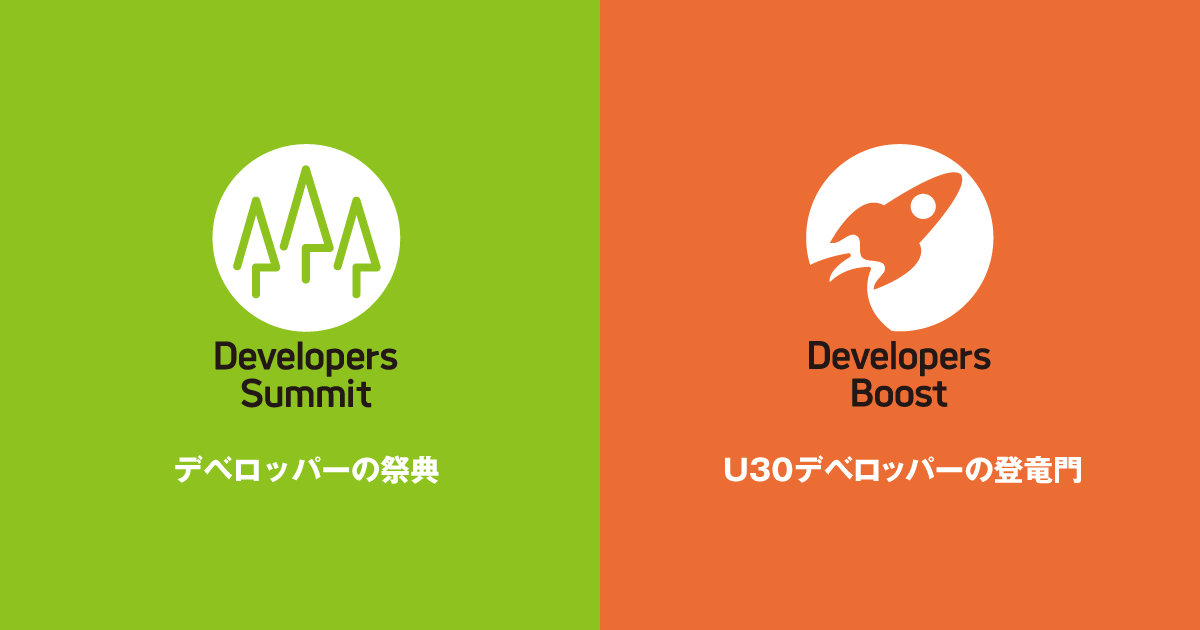会員登録無料すると、続きをお読みいただけます
-
- Page 1
-
- Page 3
- 修正履歴
-
- 2012/11/26 08:05 「はじめに」追加
この記事は参考になりましたか?
- 速習 Windowsストアアプリケーション連載記事一覧
- この記事の著者
-

西村 誠(ニシムラ マコト)
Microsoft MVP Windows Platform Development。 Flash、PHPの開発経験もあり国産ECサイト構築フレームワーク「EC-CUBE」の公式エバンジェリストでもある。 ブログ:眠るシーラカンスと水底のプログラマー 著書:基礎から学ぶ Windowsストアアプリ開発
※プロフィールは、執筆時点、または直近の記事の寄稿時点での内容です















































